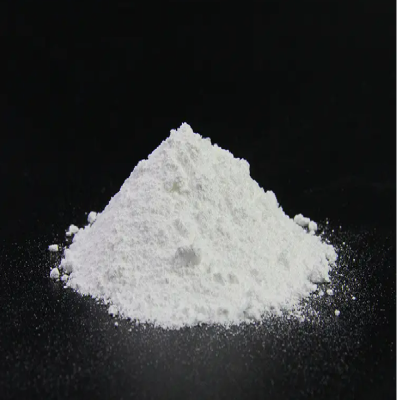Here are some common used in cosmetics:
1. Oils and Fats
- Natural Oils: Olive oil, coconut oil, and jojoba oil are used for their moisturizing properties and ability to create a barrier that prevents water loss.
- Synthetic Esters: Compounds like isopropyl palmitate and isostearyl neopentanoate are used for their smooth texture and ability to penetrate the skin.
2. Alcohols
- Ethanol: Often used as a solvent and antimicrobial agent in toners and other products.
- Butylene Glycol: Acts as a humectant and solvent, helping to dissolve other ingredients while providing some moisturizing benefits.
3. Carbohydrates
- Glycerin: A humectant that attracts moisture from the environment, keeping the skin hydrated.
- Hyaluronic Acid: A powerful hydrator that binds water to the skin, enhancing elasticity and reducing the appearance of fine lines.
4. Amines
- Amino Acids: Used in hair dyes and conditioners to promote hair growth and resilience.
- Triethanolamine: Often used as a pH adjuster and emulsifier in various formulations.
5. Plant Extracts
- Aloe Vera: Known for its soothing and moisturizing properties, it is commonly used in lotions and gels.
- Green Tea Extract: Rich in antioxidants, it helps protect the skin from environmental damage.
6. Essential Oils
- Lavender Oil: Used for its calming properties and pleasant aroma.
- Tea Tree Oil: Known for its antimicrobial and anti-inflammatory benefits.
7. Preservatives
- Phenoxyethanol: A broad-spectrum preservative that inhibits microbial growth.
- Parabens: Widely used due to their effectiveness against a wide range of microorganisms.
8. Colorants
- Organic Dyes: Such as beet red, which is extracted from beets and used in lipsticks and blushes.
- Inorganic pigments: Titanium dioxide and iron oxides are commonly used for their stability and ability to provide a wide range of colors.
These organic chemistry products play crucial roles in enhancing the texture, effectiveness, and safety of cosmetic products.
